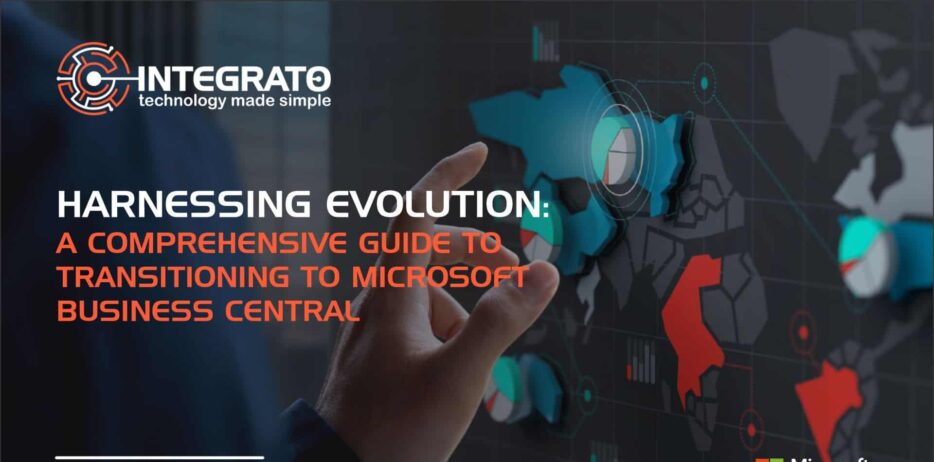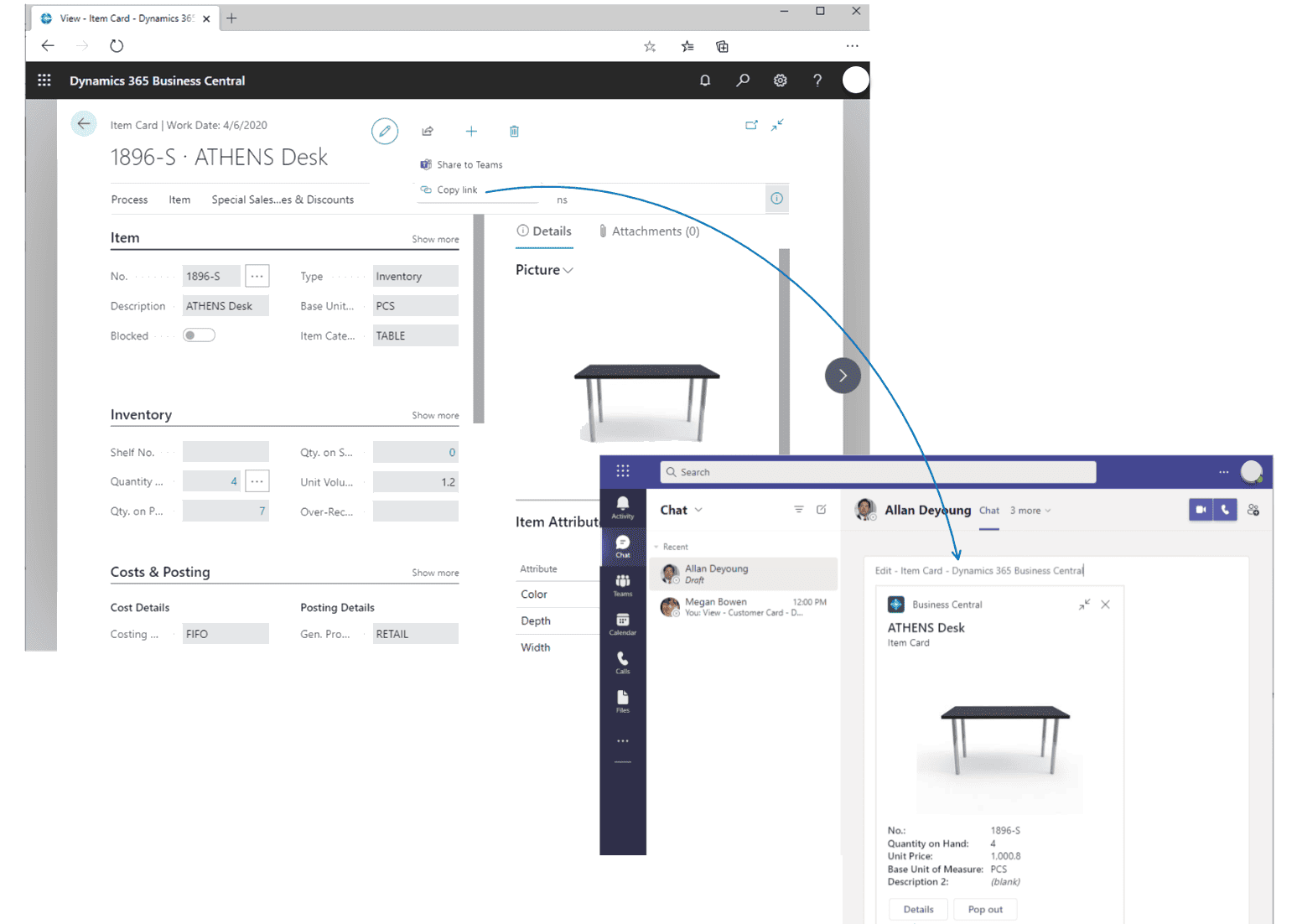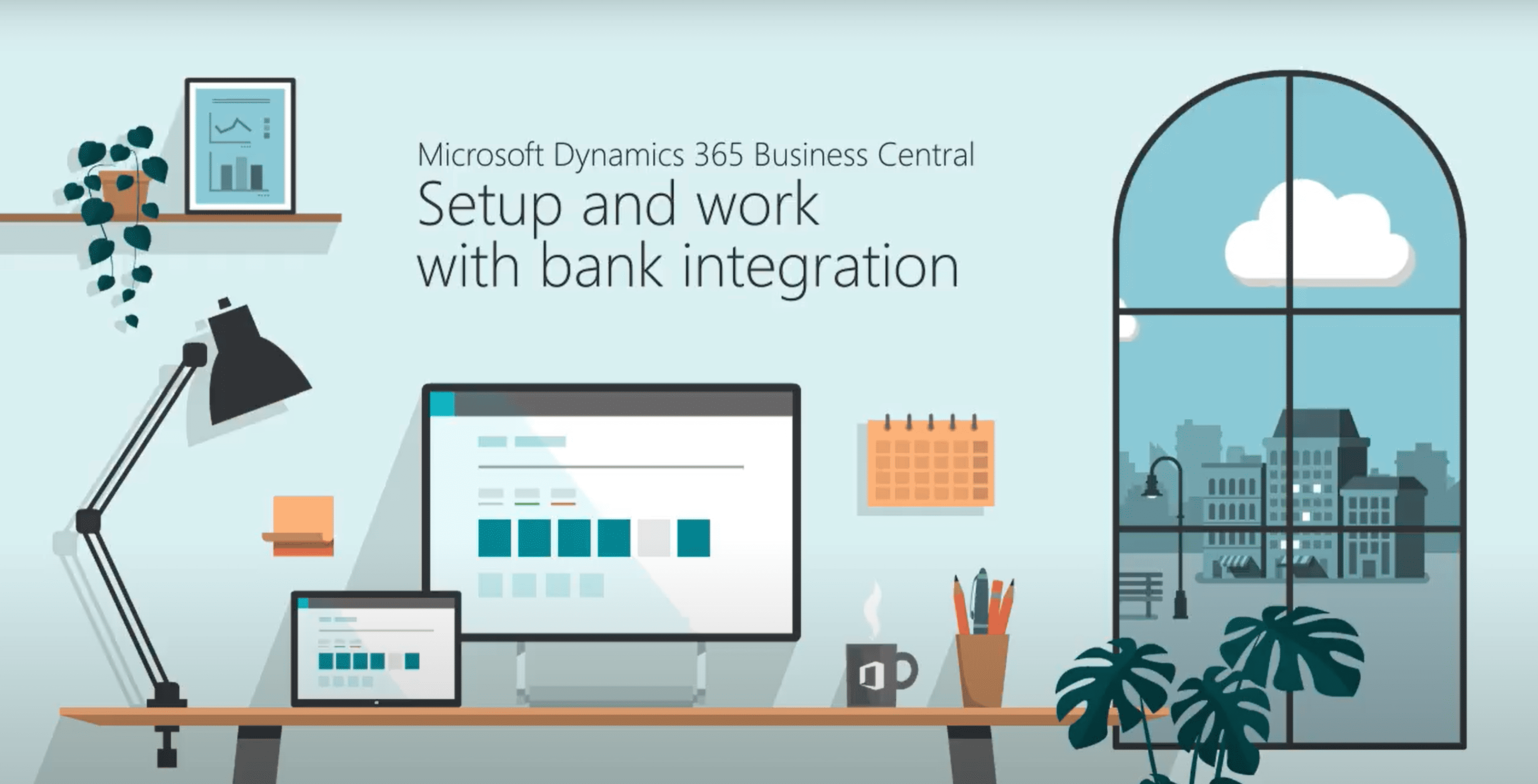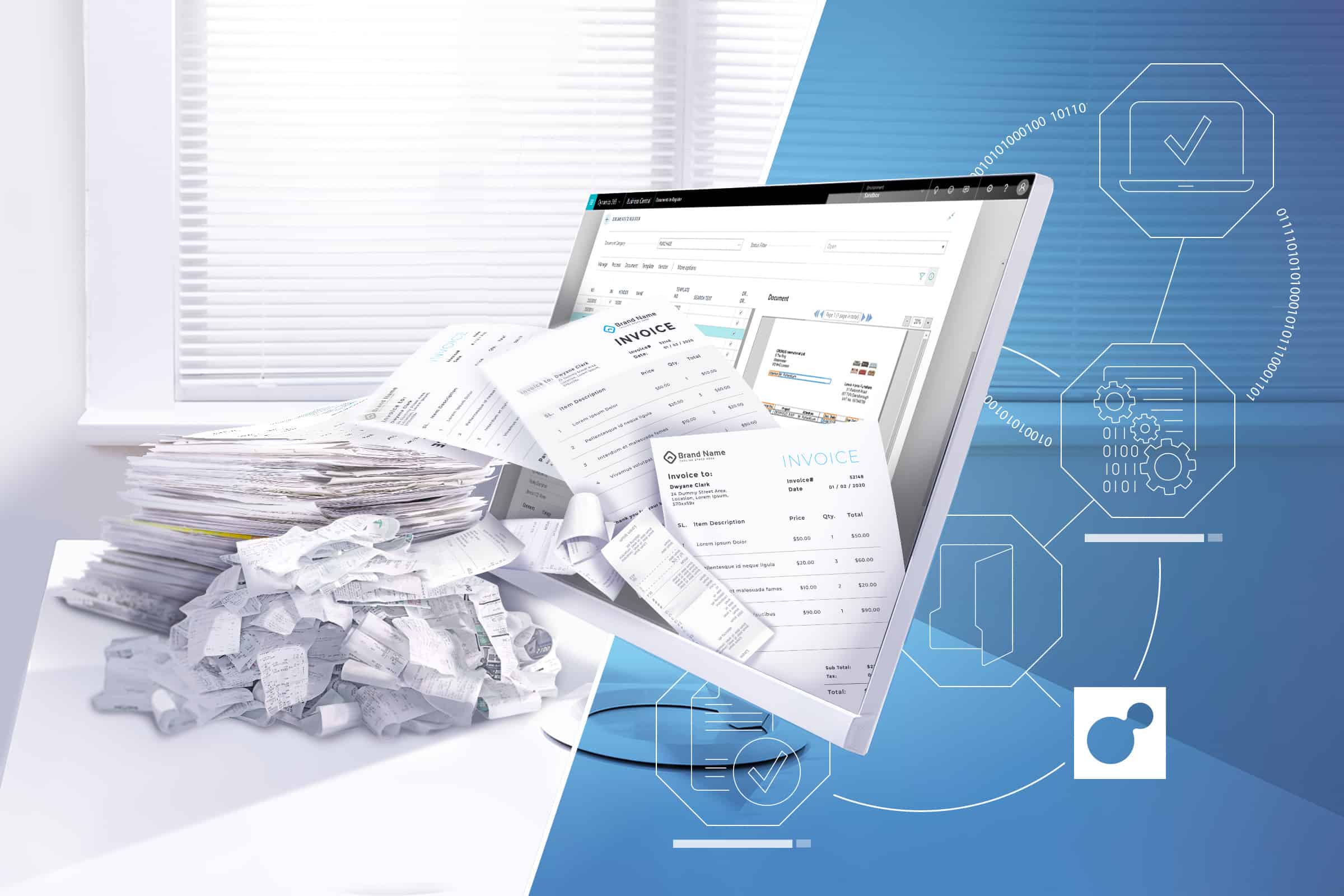This comprehensive transition influences various facets of the organization, from system architecture and data handling to user experience and operational mindset.
To transition to Microsoft Dynamics 365 Business Central, you’ll need to work with a Microsoft Partner that specializes in Business Central. A lot of the areas mentioned below are part of the implementation process and addressed mostly in the Discovery phase. When selecting a partner, consider whether they are considering your business needs, vs an out of the box implementation. Integrato is a Direct Microsoft Partner, that’s been doing these Microsoft implementations for over 20 years. Below is an all-encompassing guide to navigating this shift, ensuring your team is well-prepared and the technical integration is seamless.
1. Laying the Technical Groundwork
Understanding and preparing for the technical shift is the first pivotal step.
- System Architecture Insight: Dive into Dynamics 365's streamlined ecosystem, with its user-friendly cloud services interface, straightforward data processing, and seamless integration features. Experience simplicity without compromising on capability.
- Infrastructure Compatibility Assessment: Evaluate your existing IT setup's readiness, considering necessary upgrades in storage, network capacity, and security protocols.
2. Strategic Data Management
Safeguarding and efficiently migrating your operational data is crucial.
- Detailed Data Migration Plan: Strategize the data transition, considering what needs transferring and how it maps onto Business Central's data structures.
- Robust Data Governance: Depending on your industry, you’ll want to consider establishing stringent governance protocols, ensuring data integrity and compliance with relevant regulatory standards.
3. Seamless System Integration
Ensure Business Central coexists with and complements your existing tech stack.
- API-led Connectivity: Leverage Business Central's extensive APIs for smooth integration with current applications, maintaining consistent data flow and functionalities.
- Custom Solutions Development: Identify needs for bespoke adjustments and utilize the AL development language to create tailored extensions in Business Central.
4. Prioritizing Security and Compliance
The new system must uphold the highest security standards.
- Role-Based Access Configuration: Implement detailed access controls, defining clear permission levels for different user roles within Business Central.
- System Security Audits: Regularly review security measures, including data encryption standards, authentication processes, and industry compliance requirements.
5. Comprehensive Change Management
Transitioning involves more than just technical preparedness; human factors play a critical role.
- Transparent Communication: Initiate the change with clear, open dialogues about what's coming, why it's happening, and how it will benefit everyone.
- Interactive Learning and Support: Organize hands-on workshops and continuous learning sessions, coupled with strong support channels for ongoing assistance.
- Feedback Mechanisms: Establish systems for collecting user feedback on system usability and areas needing improvement, ensuring iterative enhancements.
6. Preparing Your Team for the Change
The human aspect of change management requires a strategic approach to ensure smooth adaptation and positive reception.
- Early and Transparent Communication: Begin discussions about the upcoming changes well in advance. Establish open forums where team members can express their concerns and receive honest, clear responses.
- Empathy and Support Structures: Recognize the challenges and stress that come with change. Offer support structures, including counseling, peer support groups, or one-on-one sessions with change management professionals.
- In-depth Training Programs: Develop training modules that cater to various user competencies, ensuring everyone is comfortable with the new system. Include practical sessions where team members can see how Business Central applies to their daily tasks.
- Recognition of Effort and Milestones: Celebrate milestones reached during the transition and acknowledge both team and individual efforts. Recognition fosters a positive environment and encourages continued engagement.
Migrating to Microsoft Business Central is a significant leap forward, representing new operational heights and efficiencies. It's a holistic process that demands technical acumen, strategic planning, and human-centric approaches. By thoroughly preparing both your technological infrastructure and your team, you're not just upgrading a system; you're future proofing your entire organization. This transition, handled with precision and empathy, sets the stage for a new era of growth, innovation, and success.










